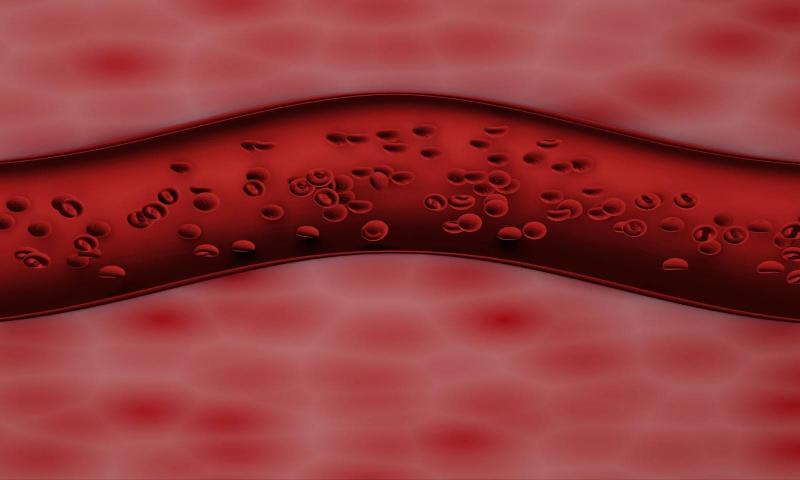
IIT Palakkad study shows how different indices used to predict drought combined with effects fof climate change can lead to different climate predictions for the future

IIT Palakkad study shows how different indices used to predict drought combined with effects fof climate change can lead to different climate predictions for the future

Researchers and clinicians have been studying the biological behaviour of cells and tissues to understand, diagnose and treat diseases and health conditions. It is quite recently that researchers have started to observe how the physical and mechanical properties such as elasticity, stiffness and strength of cells and tissues affect body processes in health and disease.
Stiffness of a cell, an indicator of how much it deforms under applied force, is seen to change in different diseases and conditions. For example, the stiffness of red blood cells may increase due to ageing or in diseases such as malaria and sickle cell disease and the stiffness of cancer cells is observed to reduce compared to the normal cells of the same kind. The ability to measure the stiffness of cells can potentially help in the early diagnosis of certain diseases, evaluating the current state of the disease and prognosis, and finding drug candidates for disease treatment.
Savita Kumari, Ninad Mehendale and Prof Debjani Paul of the Indian Institute of Technology Bombay (IIT Bombay) and Prof Dhrubaditya Mitra of the Nordic Institute for Theoretical Physics, Sweden have developed a microfluidic device that can measure the stiffness of thousands of red blood cells (RBCs) in human blood in a few seconds. The research was published in the journal Cell Reports Physical Science.
The IIT Bombay device is compact and portable. It is easy to use at point-of-care to monitor RBC stiffness in blood samples of patients with sickle cell disease or malaria. RBCs in stored blood bags can also sometimes become stiff, making the blood unusable for transfusion. The device can also be used to conduct a quick and easy assessment of the stored blood before transfusion to ensure that a bad bag of blood is not transfused. The device uses a tiny microfluidic chip and a portable optical microscope. An analysis software scans the video captured by the microscope to give a distribution of the stiffness of RBCs in the blood sample.
Conventional methods use various approaches to measure the stiffness or deformability of cells. However, most of them rely on measuring the deformability of a single cell at a time. These methods are expensive and time-consuming, and some methods like optical tweezers, optical stretchers and atomic force microscopy need apparatus as big as a wardrobe. Other microfluidics-based methods rely on observing how the cell changes its shape. Hence, these methods require a high-speed camera capable of capturing 3000 frames per second, at least 100 times faster than a consumer digital camera.
“Our device utilises a unique device design to probe the specific behaviour of soft deformable structures, in this case cells, flowing in a liquid medium. When the width of the channel through which cells are flowing changes, the forces acting on the cells change, and depending on the stiffness of the cells their paths through this device change,” explains Prof Debjani Paul, the lead researcher of the study.

A short video of the RBCs passing through the IIT Bombay device, played at half the speed.
Credit : Savita Kumari and Debjani Paul